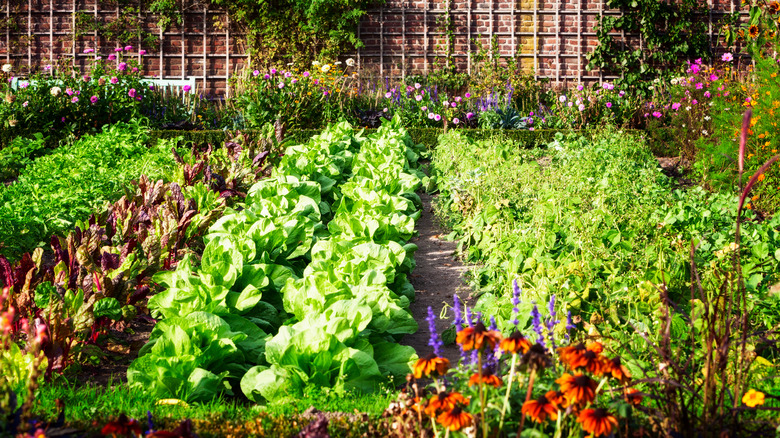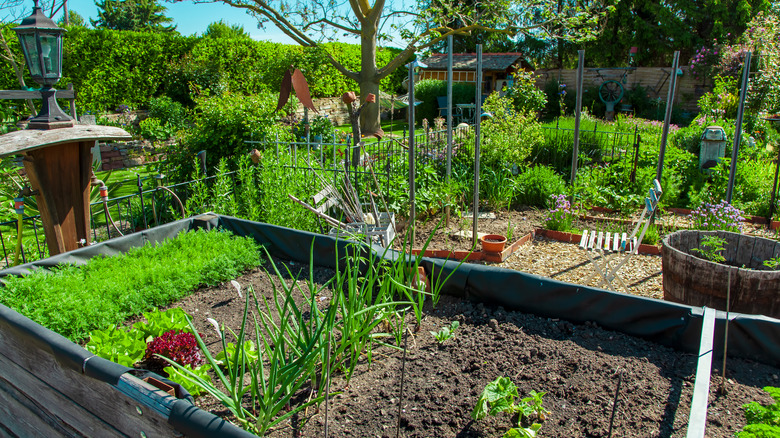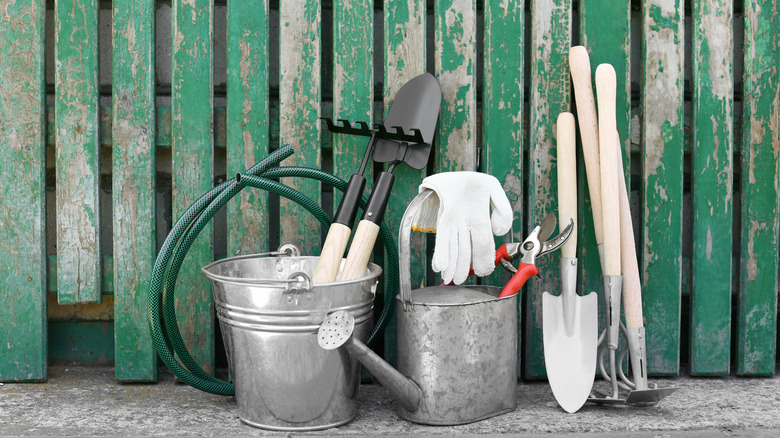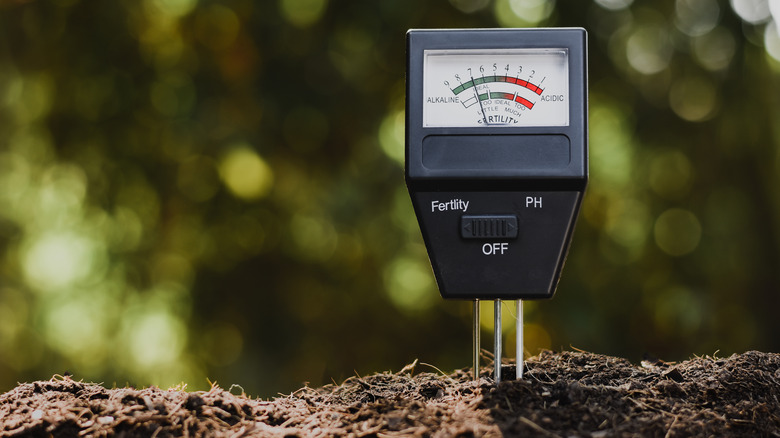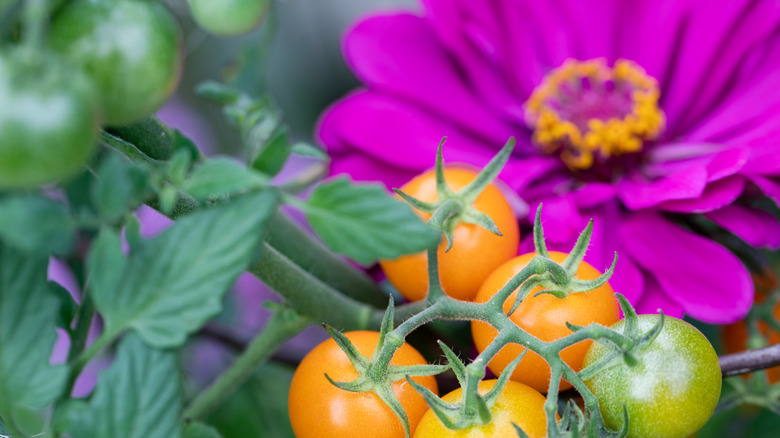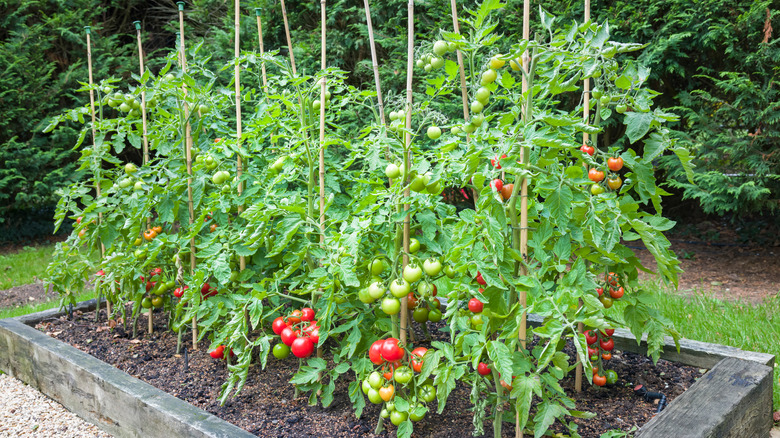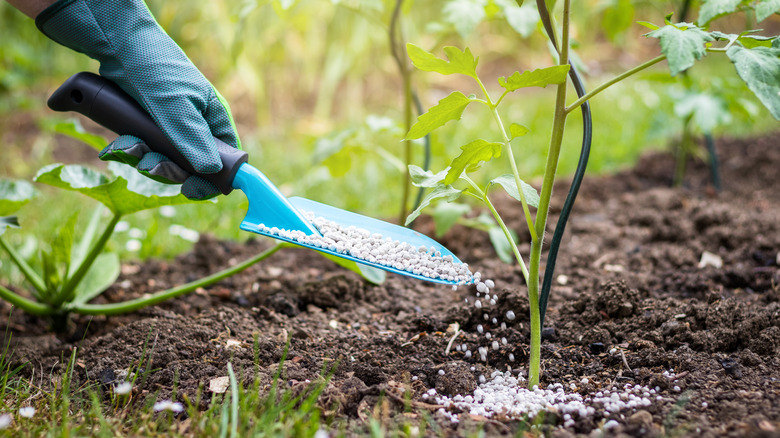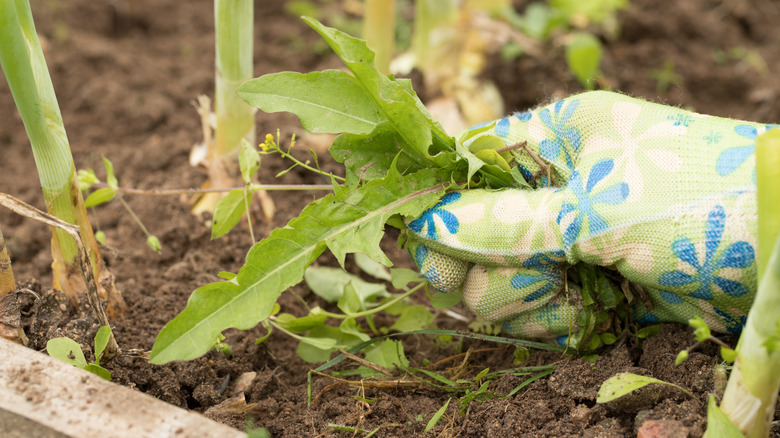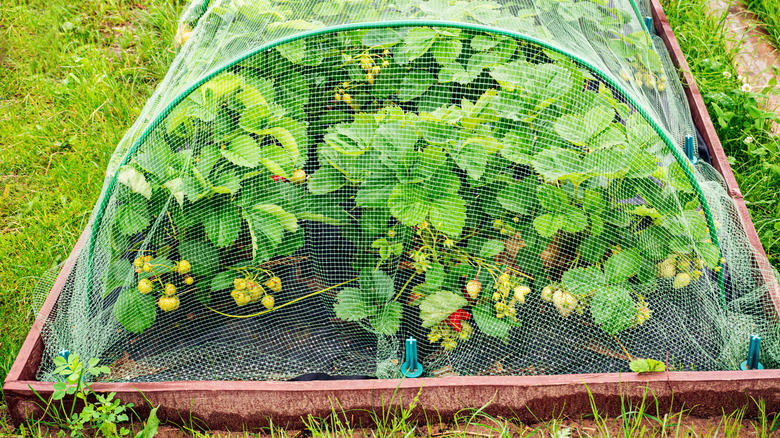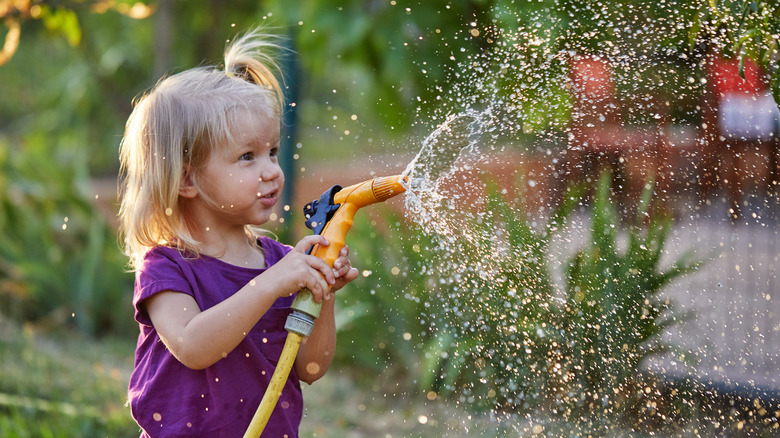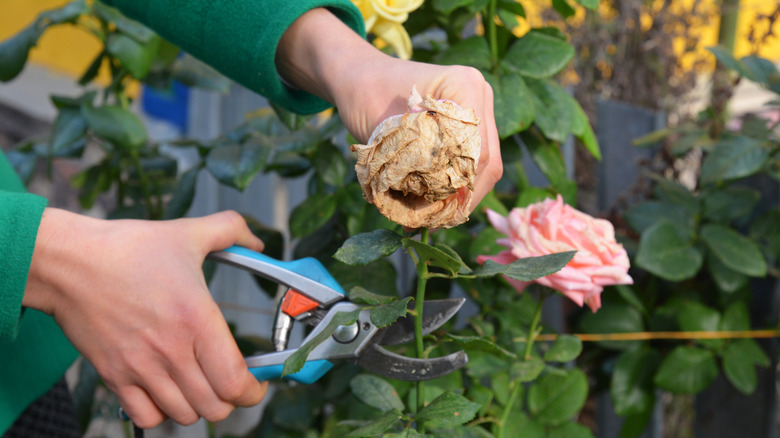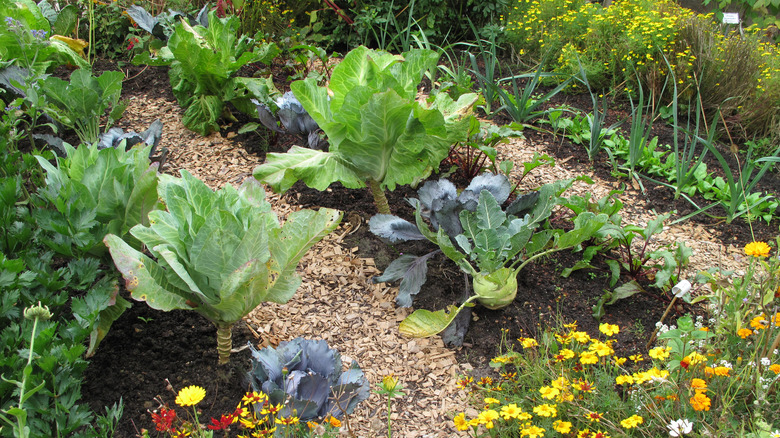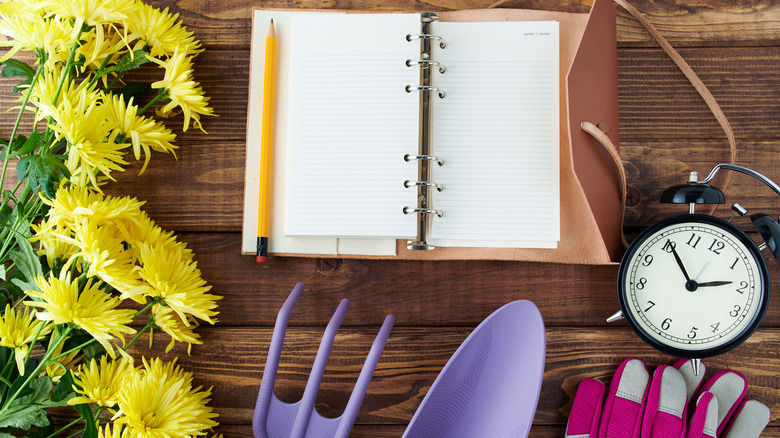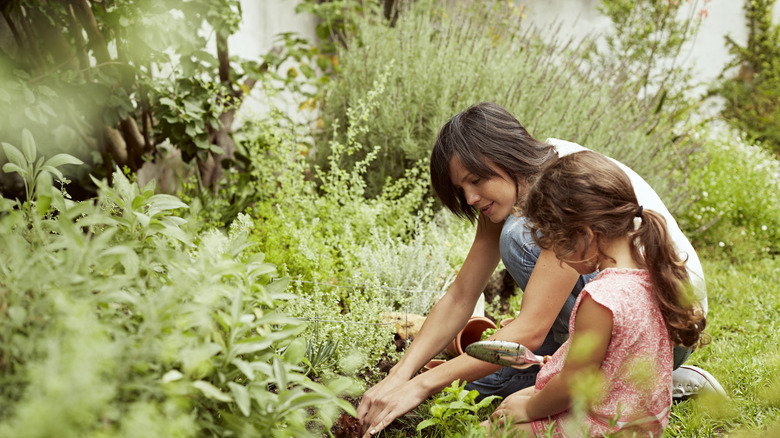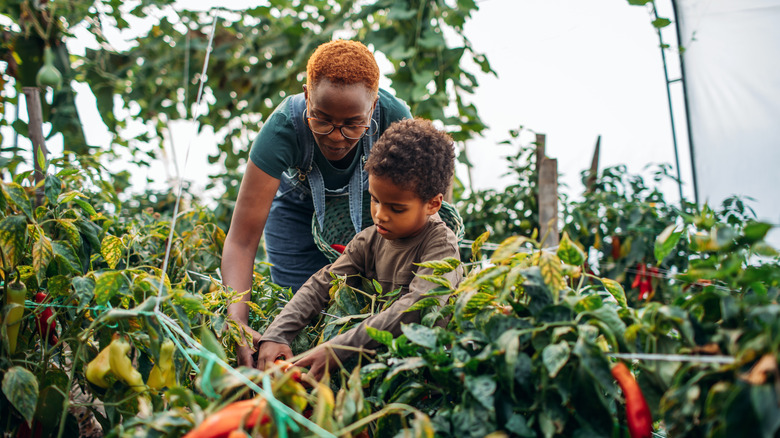14 Tips For Growing A Healthy Garden
Creating beautiful, bountiful gardens is one of the most rewarding personal projects we can undertake as humans. They are good for the earth, good for our souls, and good for our bellies. After all, there's nothing quite like the satisfaction of harvesting food you've attended to for months and then enjoying it in a delicious salad or home-cooked meal. But healthy gardens don't just grow themselves.
Gardening is not only about getting plants into the ground and walking away. Gardens require planning, attention, and care. Read on for our top tips for growing a healthy garden. You'll be sure to reap a strong sense of achievement along with those fantastic vegetables.
1. Plan your layout
The first thing to do is choose which type of garden you want to grow; for instance, in-ground or raised bed. Next, think about the light requirements of the plants you want to include. You may want to create a sun chart to determine which areas of your garden receive direct sunlight versus partial or full shade. Finally, since it's easy to confuse seedlings, create labels for each plant. Use metal labels that will last all season without rotting or breaking, and write with Sharpie paint pens that won't bleed or rub off.
2. Start with clean tools
Outdoor landscapes can be rife with invisible pathogens, so before you even get started, you want to make sure your garden tools are sterilized. Keeping tools clean is an important step in reducing the potential of disease spreading from plant to plant. Gardening Solutions at the University of Florida suggests a two-step approach of first cleaning off any dirt or debris and then disinfecting. Household disinfectants may not be effective and bleach can be corrosive to metal tools. Try using inexpensive, easy-to-find rubbing alcohol instead. Just remember that it is flammable, so use appropriate caution.
3. Test and amend your soil
It's a rare yard that comes with fertile ground ready to plant, so with sterilized tools in hand, it's time to upgrade your soil. Complete a soil test to gain insight regarding its overall fertility and pH levels. With those results, you'll have a better understanding of which soil amendments will be best. Options range from garden center purchases such as peat moss and pre-made compost to debris from your yard like shredded leaves. Increasing organic matter, texture, aeration, and moisture retention will go a long in keeping your garden healthy.
4. Companion plant
Companion planting involves growing plants side by side that will benefit each other, and often incorporates flowers with vegetables. You might grow plants with similar environmental condition preferences together or put a tall plant next to a low-lying plant that will appreciate the shade the taller one creates. Companion planting also means keeping certain plants away from each other, like those that might negatively impact the nutrient content of the soil according to its neighbors' needs. This technique attracts pollinators while repelling pests, and it can enhance soil conditions as well.
5. Support your tall growers
Top-heavy plants (think tomatoes as seen above) need added support to reach their potential. This support can come in the form of sturdy stakes or cages. For plants that grow both up and out, like zucchini and melons, a trellis may be appropriate. These supports need to be very close to the plant to work their best; however, when you push stakes or metal cages into the soil, be careful to avoid any roots. When necessary, use twine to gently tie the stems to the stakes.
6. Monitor plant health and fertilize
As you watch your garden grow, keep a close eye on the progress of each plant and act fast if you observe discoloration, wilting, or other signs of distress. According to Agrilife Extension at Texas A&M, proper fertilizing helps by increasing the nutrient content of the soil. Nitrogen, phosphorus, and potassium (typically called NPK for their corresponding scientific element abbreviations) are the most common nutrients found in commercial fertilizers. You have many options when it comes to fertilizer, so it might be best to consult an expert at a nursery or garden center.
7. Stay on top of weeds
Weeding may be the bane of many a gardener, but it will always be an important task to stay on top of. Gardeners complain so much about weeding, so the first step to effective weeding is mastering your mindset. Maintenance is crucial for a garden to flourish and your plants are depending on you to get it done. Make sure you remove the entire root system of each weed. Simply ripping off the top will guarantee that it will grow back.
8. Keep critters at bay
Garden fences and netting will help keep hungry critters from devouring your bounty before you've even had a chance to harvest it. BK Gardenz offers a tutorial for a simple DIY setup that uses chicken wire wrapped around PVC piping and secured to a wooden frame. Bird netting and veggie mesh are two more inexpensive DIY options. An additional benefit of the mesh is that it will also keep harmful insects from munching on leaves. Serious gardeners may want to invest in sturdier, more permanent building materials. For complex projects, consult your local pros.
9. Create a watering routine
Watering is, of course, vital to plant growth. Farmer's Almanac calls for in-ground gardens to receive three waterings per week for a total of 1 inch of water. Watering in the morning is preferred, so why not make it part of a morning routine? Add reminders to your calendar and, soon, checking in on your plants will become an ingrained habit. Never water mindlessly. Always give your garden a once over before turning on the hose. If it rained, you'll likely skip a watering, but you should still get out there to see how everything's doing.
10. Deadhead decaying flowers
Primarily done in a flower garden, deadheading is a way to keep your garden looking fresh and plentiful. By regularly removing spent blossoms from their stems before they have a chance to turn into seeds, you'll be encouraging your plants to keep blooming. Top tips here include pulling off the entire flower head (even if some of it still looks good) and taking a pair of scissors with you when you go. Clean cuts on thicker stems give your plants a better shot at resisting an influx of diseases.
11. Ensure proper spacing between varieties
Spacing between crops matters because when plants are too close together it negatively effects their ability to claim resources like water and nutrients from the soil, and it makes it easier for some bacteria and fungi to thrive. Both of these issues can quickly lead to an unhealthy garden.
There's no simple answer to the question of what is the right amount of space to leave because each plant has its own needs based on its below-the-surface root structure, the size of its above-ground leaves and fruits, whether it's a climber or a spreader, and more. A quick search online will lead you to various optimal spacing charts for a wide range of vegetable varieties; you'll also find valuable information on seed packet labels regarding what size the plants are likely to grow to and how far apart to plant seeds when you're sowing them directly into the ground. This will help you gauge and envision what your garden is going to look like come harvest time.
12. Plant at the right time of the season
Gardening is not as simple as putting plants in the ground during spring and harvesting produce at the end of the summer. For those who wish to get really involved, you can make it so you have fresh vegetables to eat almost every month of the year. In order to do so though, you've got to get organized. A calendar for planting will become a valuable asset, especially for anyone attempting to grow lots of different varieties. This is something you can make yourself from scratch or look for online.
Warm season crops need to be sowed earliest. Depending on your final frost date, tomatoes might be ready to go into the ground in May. Come June, you'll be planting sweet potatoes, and when the crisp scent of fall enters the air, you'll move on to your winter crops. There's a rhythm and flow to gardening, and for the best results you always want to be sure you're planting each vegetable at its own best time.
13. Be realistic about how much you can manage
Biting off more than you can chew is a common pitfall for beginner gardeners. We're not here to discourage the enthusiastic, but it is valuable to consider how much time, money, and energy you realistically have to put into your garden. Just because you have an acre of available land, doesn't mean you need to fill it with 100 different crops. Likewise, even if all you have is a stoop, you could easily go farther than you need to with dozens of potted herbs and eight different summer squashes running rings around your railing.
It pays to start small and grow bigger over time. This allows you to learn as you go and figure out what vegetables you actually like to eat and what you'll do in the boon years when you end up with 20 pounds of cucumbers to deal with. (Juice anyone?) Remember that in addition to feeding and watering your plants you'll also be dealing with garden pests, maintenance, and repairs.
14. Stay on top of harvesting produce
Leaving fruit on the plant past its prime is an unfortunate mistake that can turn into a mess much faster than you may think. And riper is not necessarily better, as it sometimes means less-than-stellar produce that would have been delicious on a Tuesday but is tough and borderline inedible by Thursday. Just as you need to carefully plan when you will plant seeds and transfer seedlings, you also need to pay attention to when and how often you harvest.
Another reason to stay on top of harvesting has to do with how plants reproduce. When ripe fruit is left on a vine, signals are sent throughout the plant telling it to stop producing. In turn, the plant switches to making seeds instead of more fruit. So, the more fruit you pick, the more will grow. Regularly harvesting ripe vegetables is very similar to the deadheading of spent flowers blooms, but you'll aim to do it earlier and more often.
